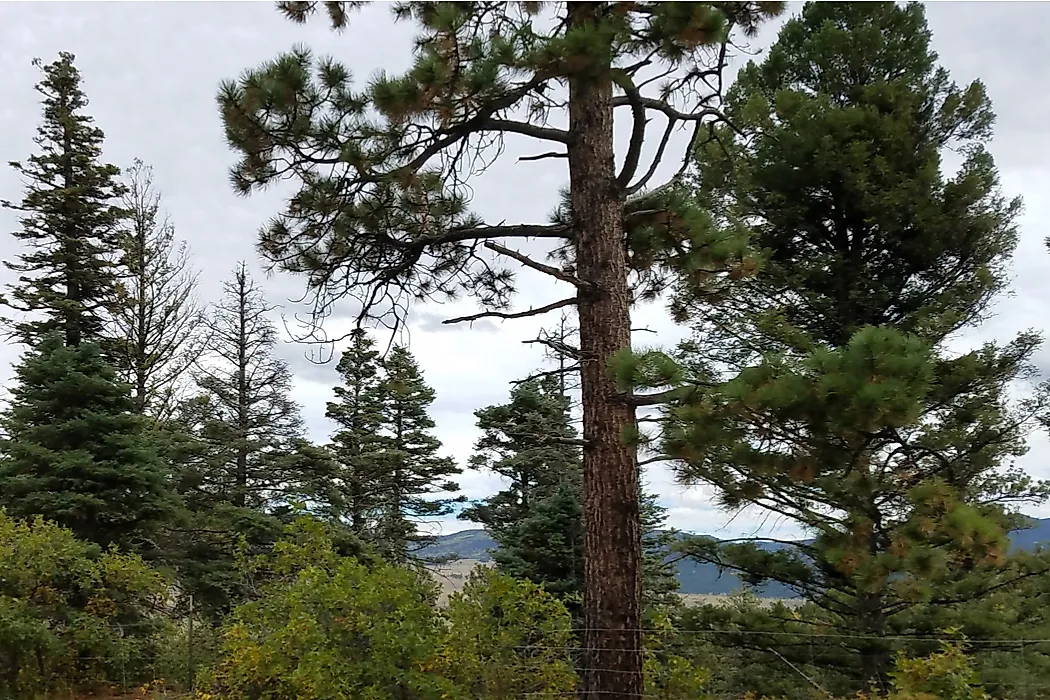Do Evergreen Trees Lose Their Leaves?

What Is an Evergreen?
Most plants are deciduous, meaning they shed leaves during certain times in the year. These include shrubs, trees, and herbaceous perennial. Deciduous plants lose all their leaves and one may mistake them for dead plants in a process known as abscission. The loss of leaves in some plant coincides with winter, especially in the polar or temperate regions, while in the arid, tropical, and subtropical regions leaves loss to coincide with summer. A plant that is not deciduous is evergreen; they are called evergreen plants because they remain green throughout the year.
Do Evergreen Trees Lose Their Leaves?
Evergreen plants shed leaves, but unlike deciduous plants, their leaves shed in a continuous schedule leaving the plant green throughout the year. Some plants are semi-deciduous meaning they lose their old leaves immediately as the new ones grow. Some plants are evergreen, they shed their leaves, and immediately grow new ones. Some semi-green plants shed leaves during the summer or the winter but retain a significant amount to remain green. A few species of trees including some species of oaks have desiccated leaves that are persistent to winter or the dry summer and remain on the plant although they seem dry and shrunk. The leaves drop during the spring.
Why Do Plants Shed Leaves?
Plants shed their leaves for various reasons. First, leaves shed to prevent excessive loss of water through transpiration by the plant. During the summer the rise in temperature makes the plants vulnerable to transpiration. Some plants such as cactus fold their leaves into needles to reduce the surface area exposed to the desert conditions. Shedding of leaves also allows deciduous plants to pollinate. The absence of leaves improves the transmission of wind and allow insects to pollinate flowers faster and effectively. Plants also shed leaves to allow the growth of new leaves that will nourish the plant. During photosynthesis, the supply of chlorophyll is depleted and needs to be replenished to keep the plant alive.
Adaptation
Evergreen plants can absorb and store light and water. Different evergreen plants have evolved various environmental adaptations including folding their leaves to needle. The needle-shaped leaves allow the plants to reduce water loss. Some plants produce a wax-like coating on the leaves that prevent water loss. During the winter, the needle-like shape of the leaves reduces the weight of the leaves preventing them from bending and breaking off.











